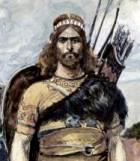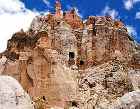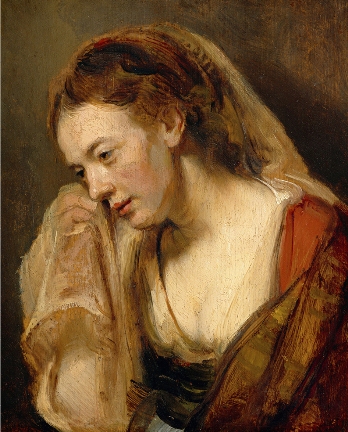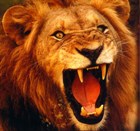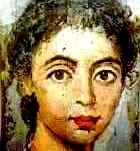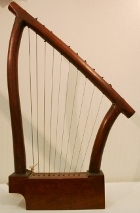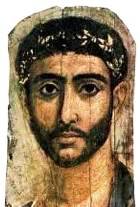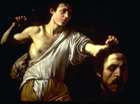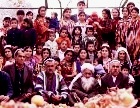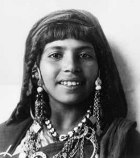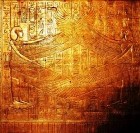Life in the royal harem
The world of a Bible princess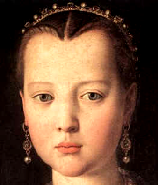
There is a lot of Hollywood nonsense about harems – beautiful women lolling around on silk cushions, waiting to be summoned for the sexual pleasure of their master. This is a male fantasy. It was not the reality.
The harem was a separate area for women and children in any house where there were a number of wives with children. The husband visited, but it was essentially the domain of women.
Women & children in the harem
At the time that Michal lived, women and their children usually occupied small individual rooms off a central courtyard.
They were busy, devoted, and self-absorbed. They entertained, fed, reproduced and cared for themselves and their children. It was a self-contained world. There was constant movement, noise, activity.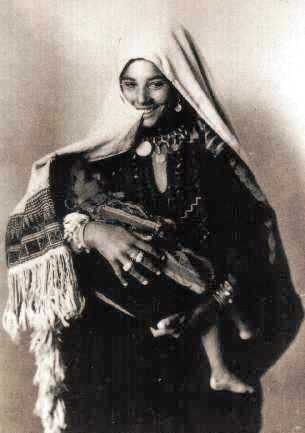
- Boys lived in the harem with their mother when they were small.
- Girls lived there all their lives – though of course they moved from one harem to another when they married.
No woman was ever lonely, but at the same time there was fierce rivalry:
- for the attention of the husband (think of Leah and Rachel) and
- for preferment for her own children.
The future tribal or family leader was born in this harem, but the eldest son could not be sure of inheriting the leadership: a clever boy might be preferred to a less able older brother, or he might outwit his rivals as Solomon did.
A woman shunned in the harem
The worst fate that could befall a harem woman was to be shunned by her husband. This robbed her of any status in the harem, since it meant she could never have a child who would be leader.
This was Michal’s fate. She, the beloved daughter of King Saul, ended up as little better than a servant to the other women in the harem.
Where Michal’s story took place
1. Hebron
The first part of Michal’s story happens at Hebron. This is where she lived as a girl, met and loved David, and later married her second husband Patriel.
Following the death of Michal’s father King Saul, David established himself as leader of the tribes, governing from Hebron. The city became his capital, and he was anointed King of Judah there, by the prophet Samuel (II Samuel 2:4).
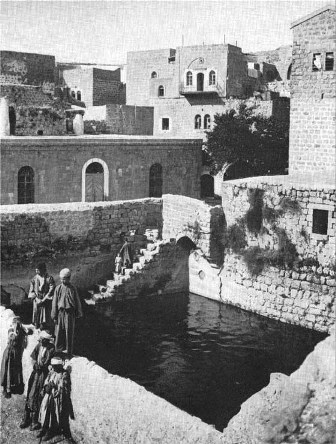
The Upper Pool of David in Hebron, where David exhibited the bodies of the two men who had killed Ishbosheth, 1937 photograph
These were perhaps the best years of his life. His sons were born there, he was loved by the people, and the hard reality of governing a kingdom had not set in.
As a high status leader, he was married to at least six women – probably more. Some of these were chosen because they appealed to him, others because they were tangible signs of alliance with influential families.
To get this far, David had gone to war with the previous king, Saul, who died in battle. One of Saul’s sons, Ish-bosheth, still lived, but was murdered by two men who felt they would gain David’s favor by killing a son of Saul’s.
When they presented Ish-bosheth’s head to David, the young king rounded on them, accusing them of killing a righteous, unarmed man. He ordered that the two men’s hands and feet be cut off, and their bodies suspended beside the Pool of Hebron.
Ish-bosheth’s decapitated head was given a proper burial.
2. Jerusalem
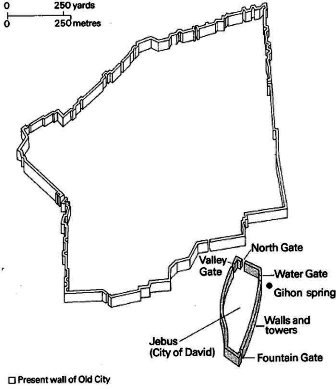
Jerusalem at the time of David. The fortress of Jebus is the enclosure in the bottom right; the large enclosed area is the town on the slab of rock to the north of the fortress
The trouble with Hebron was that it was too far south, and weighed down with history and tradition. David wanted a capital that was central, closer to the northern tribes.
He had captured the fortress of Jebus (Jerusalem) and knew that it was well nigh impregnable. He himself had only captured it through trickery. It seemed the solution to his problem.
The great slab of rock north of the fortress was another point in its favor. The patriarch Abraham had built an altar to sacrifice his son Isaac there, so it was a holy place.
David decided to move his court there, making it his capital. With him went the Ark of the Covenant. He installed it outside the city limits for three months, then moved it inside.
Bringing the Ark into Jerusalem
The cause of the final quarrel between Michal and David was his behaviour in the procession that brought the Ark into Jerusalem. He leapt and capered around in a way that Michal, with her background as a king’s daughter, found unseemly. She did not hold back in criticising this behaviour, and David responded in kind.
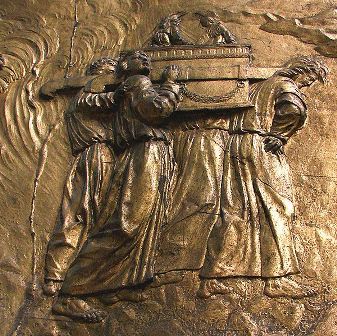
Ark of the Covenant, Arch Cathedral, France
This criticism has been explained away as jealousy and bitterness:
- jealousy of the other wives who were socially far inferior (Michal was a king’s daughter),
- and bitterness at the murder of her father and brothers – her whole family – by David.
But there may have been more to it than this. The ritual of jumping high and capering around a holy object was part of Canaanite practices and rituals. So Michel may have been objecting to something she saw as sacrilegious.
The pro-David text ignores this, and only mentions it as a reason for David’s cruel treatment of a woman who had once saved his life.
Tribal politics
Michal grew up as the daughter of King Saul – but this is not to say she was a princess in an established kingdom.
Saul was a tribal leader who managed to unify the Israelite tribes, but it was a loose arrangement that depended very much on the charismatic leadership of the king.
In fact, Saul was more like the leader of a loose federation of clans and small cities.
Saul used this federation to make an all-out attempt to gain independence from the Philistines.
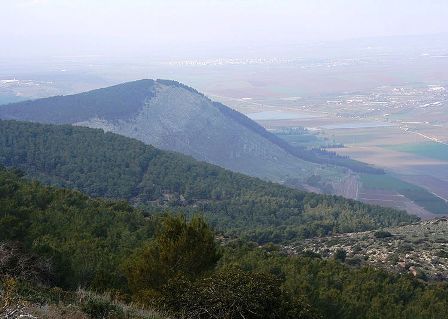
The slopes of Mount Tabor where Michal’s father Saul and her three brothers, including Jonathan, were killed in battle against the Philistines
He had a formidable task. The Philistines were still able to dominate the Hebrews because they had superior technology, better fortified positions, and a well-organized army.
Saul was at first victorious. His position was strengthened by support from the prophet Samuel. But in the cut-throat politics of the time, Saul could not count on consistent loyalty from his followers, in particular a young bandit called David.
In one of the battles with the Philistines he and his three fine sons were defeated and killed.
David replaced him as leader of the Jewish tribes. He used a combination of military power and diplomacy to remove the threat of the Philistines and to take over the Canaanite towns.
This extension of territory made a control center necessary. After seven years in Hebron, David established Jerusalem as the capital of his kingdom.
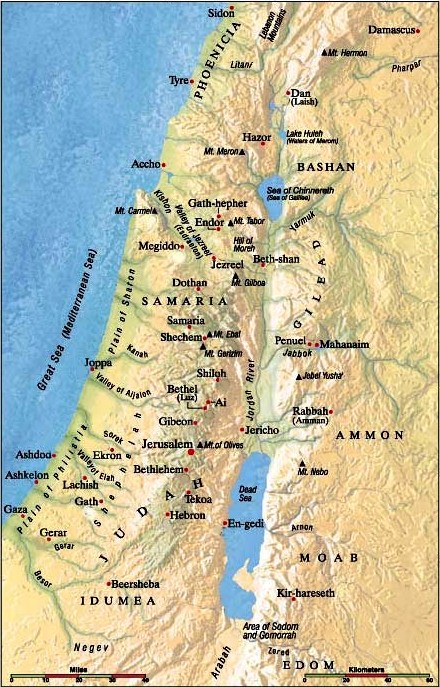
Israel in Old Testament times
Search Box
![]()
Michal links
© Copyright 2006
Elizabeth Fletcher

